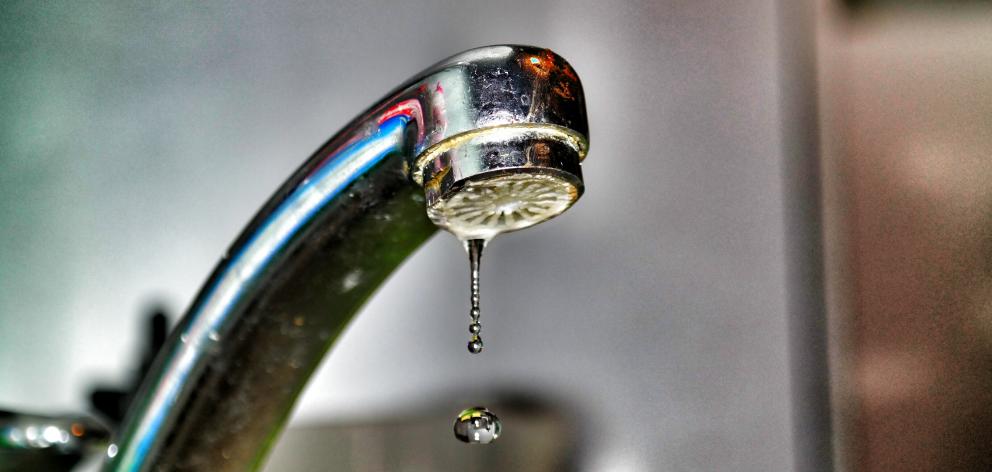
How lucky, indeed, we are that this is the case, when safe drinking water is a rare commodity in so many developing parts of the world.
Even in the developed world, there are many areas where tap water is either legitimately or perceived to be below par, creating a gold mine for companies selling our most basic resource in plastic bottles.
Yet, even here, we are not immune to concern when it comes to water scares.
Memories are fresh of the sickening events in Havelock North two years ago when a government inquiry was prompted by a third of the town's population of 15,000 becoming ill from drinking contaminated water.
There is no suggestion the latest significant drinking-water news is remotely similar, but there might be at least a raised eyebrow or two, if not too many upset stomachs.
The Ministry of Health's latest Drinking Water Quality report is something of a mild slap on the wrist for those who oversee water supplies in Otago. No fewer than 48 of the province's 55 supplies fall short of standards, mostly due to bacteria and protozoa levels and monitoring. On face value, a rather alarming 87% of our drinking-water sources are not up to scratch.
Like everything, of course, digging into the numbers can prompt either a flash of panic or a reminder not to read too much into ``lies, damn lies and statistics''.
In this case, it certainly seems alarm bells are not ringing.
The Waitaki District Council points to technical issues as simple as a courier being unable to supply samples. In Dunedin, positive results for E.coli are put down to taps that can affect the water quality test results. Central Otago's council is spending millions on treating its water supplies.
The message is that, overall, Otago water is safe to drink.
Nevertheless, standards are set for a reason, and it will be a concern if Otago's water supplies do not perform better when the next drinking-water quality report is released.
It is particularly important that smaller and rural supplies, while serving only limited pockets of the region, are lifted in quality to match their urban equivalents.
So, too, should some thought be given to the recent call from University of Otago professor of public health Michael Baker to further investigate the link between nitrate levels in our drinking water and the rate of colorectal cancer.
While his estimated numbers are small - 50 New Zealanders dying each year because of nitrates in drinking water - they back up an American study that suggested nitrates leaking into water supplies due to stock effluent and fertiliser were causing deaths.
It was pleasing that, just days after the drinking-water numbers were released, the Government announced plans for a new watchdog and water regulations to oversee our supplies.
A glass of clean water is more than just a welcome sight after a brisk walk, a bike ride or a hot afternoon at the wood pile. It is a human right, and we need to protect it.












